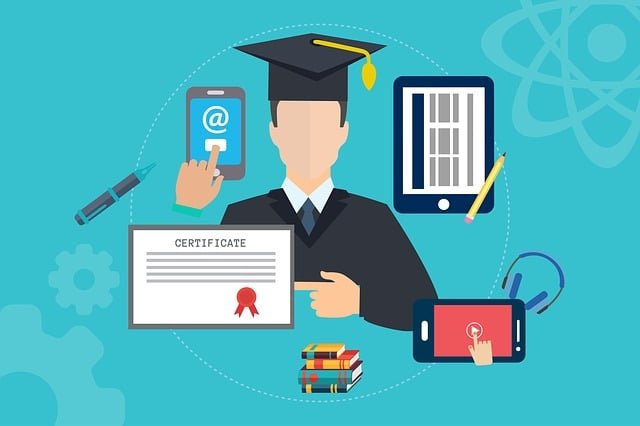Introduction:
Alternative teacher certification programs offer non-traditional pathways for individuals to enter the teaching profession. These programs provide opportunities for career changers, professionals from other fields, and individuals with diverse backgrounds to pursue teaching careers without completing a traditional teacher preparation program. In this article, we explore alternative teacher certification programs, their benefits, challenges, and how they contribute to diversifying the teaching workforce.

- Understanding Alternative Teacher Certification:
- Define alternative teacher certification programs and their purpose in addressing teacher shortages and increasing the diversity of the teaching workforce.
- Discuss the flexibility and accessibility offered by alternative certification pathways compared to traditional teacher preparation programs.
- Types of Alternative Certification Programs:
- Explore different types of alternative teacher certification programs, such as online programs, residency programs, and community-based programs.
- Highlight the variations in program structure, duration, and requirements across alternative certification pathways.
- Benefits of Alternative Certification:
- Discuss the benefits of alternative certification programs for individuals seeking career changes, professionals with subject-matter expertise, and individuals from underrepresented backgrounds.
- Explore how alternative certification programs contribute to addressing teacher shortages, particularly in high-needs subject areas and geographic regions.
- Challenges and Considerations:
- Address common challenges associated with alternative teacher certification, such as limited pedagogical preparation, classroom management skills, and mentoring support.
- Discuss the importance of ongoing professional development and support for alternatively certified teachers to ensure their effectiveness in the classroom.
- Diversity and Inclusion in Alternative Certification:
- Examine the role of alternative certification programs in diversifying the teaching workforce and increasing representation from minority groups, including individuals of color, men, and individuals from low-income backgrounds.
- Highlight initiatives and strategies aimed at recruiting and supporting diverse candidates in alternative certification programs.
- Program Requirements and Eligibility:
- Outline the eligibility criteria and requirements for participating in alternative teacher certification programs, including educational background, subject-matter expertise, and completion of coursework and assessments.
- Accreditation and Program Quality:
- Discuss the importance of accreditation and program quality in alternative teacher certification, including alignment with state standards, program effectiveness, and outcomes for alternatively certified teachers and their students.
- Success Stories and Testimonials:
- Share success stories and testimonials from individuals who have completed alternative teacher certification programs and successfully transitioned into teaching careers.
- Highlight the impact of alternative certification on the professional growth and satisfaction of educators and the positive outcomes for students in diverse learning environments.
Conclusion:
Alternative teacher certification programs play a vital role in expanding the pool of qualified educators, addressing teacher shortages, and promoting diversity and inclusion in the teaching profession. By offering accessible pathways for individuals with diverse backgrounds and expertise to become teachers, these programs contribute to building a more dynamic and representative teaching workforce that meets the needs of all students. As the demand for qualified teachers continues to grow, alternative certification programs serve as valuable tools for recruiting and retaining talented educators who are passionate about making a difference in the lives of students.
- Addressing STEM Education Disparities in Underserved Communities: Strategies for Equity and Inclusion
- The Role of Hands-on Learning in STEM Education
- Using Gamification to Enhance STEM Learning Experiences
- The Impact of Experiential Learning in STEM Education
- Leveraging Technology for Remote Learning: Lessons Learned from the Pandemic



